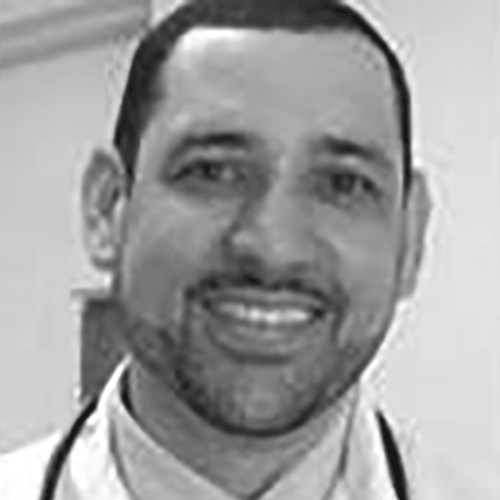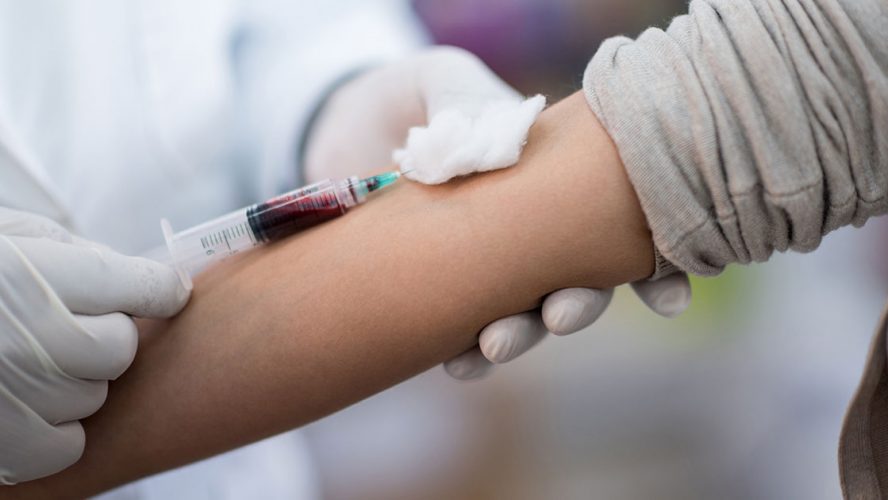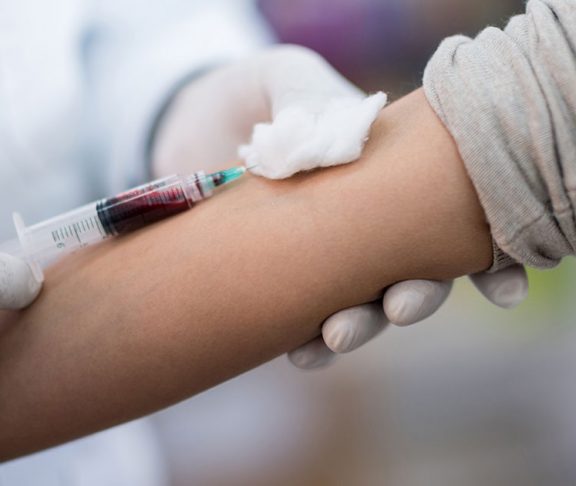
Tony Jimenez, MD
Vice President, Cicatelli Associates Inc.
Why is HIV so prevalent in low-income communities?
Poverty is one of the factors since it often limits access to HIV treatment and prevention services even though it is well known that treatment and PrEP can break the cycle of transmission. Other factors like stigma, discrimination, trauma, mental health and substance use disorders — as well as mistrust of the medical system — intensify the problem. No less importantly, individual risk behaviors, sexually transmitted infections and poor HIV awareness still play roles. More than 90 percent of new infections come from people who do not know they have HIV or who are not in treatment.
What sort of solutions are put in place to help these communities?
A lot has been done, but more needs to happen. The National Institutes of Health has a National HIV Strategy with funding for HIV prevention and treatment from federal, state and local sources. The Affordable Care Act and Medicaid expansion have made HIV care PrEP more accessible. Education about treatment and prevention has been available and must continue. The goal is to get more people in vulnerable communities into HIV prevention and treatment.
What can be done to help these communities?
Make HIV testing part of routine medical visits – for everyone, not just those thought to be at risk. Bring testing into the community. Ensure the HIV workforce’s capacity to connect and keep people into treatment and prevention services. Eliminate barriers to PrEP and condoms so they are easily accessible to everyone who needs them. Finally, address socio-economic factors so that people with HIV can know their status and get treated. This way we focus both on the person and the virus.
HIV medication is expensive. What is one thing you would want patients to know when they’re nervous about this lifelong financial burden?
That HIV medication works! Many insurance companies pay for these meds. Medicaid and Medicare cover HIV meds. Medication assistance programs are available from states, from drug manufacturers and private foundations.
Many people do not know where to seek help, but the fact is that there are many local HIV service organizations ready to help. People can search online for “Pharmaceutical Company HIV Patient Assistance Programs and Cost-Sharing Assistance Programs” for a list of programs that help with co-pays and that provide medication for people without insurance.
What can be done to better educate these communities about HIV risk?
Educate not just about risk, but also HIV treatment success! Education about risk must continue — all are at risk and should be tested routinely once per year at least. HIV education must also emphasize what the CDC has confirmed: HIV treatment preserves one’s health and people with suppressed HIV virus “have effectively no risk of transmitting HIV to their HIV-negative sexual partners.” Get tested. If you have HIV, treatment works. If you don’t have HIV, PrEP and condoms can prevent you from getting HIV.
Staff, [email protected]

